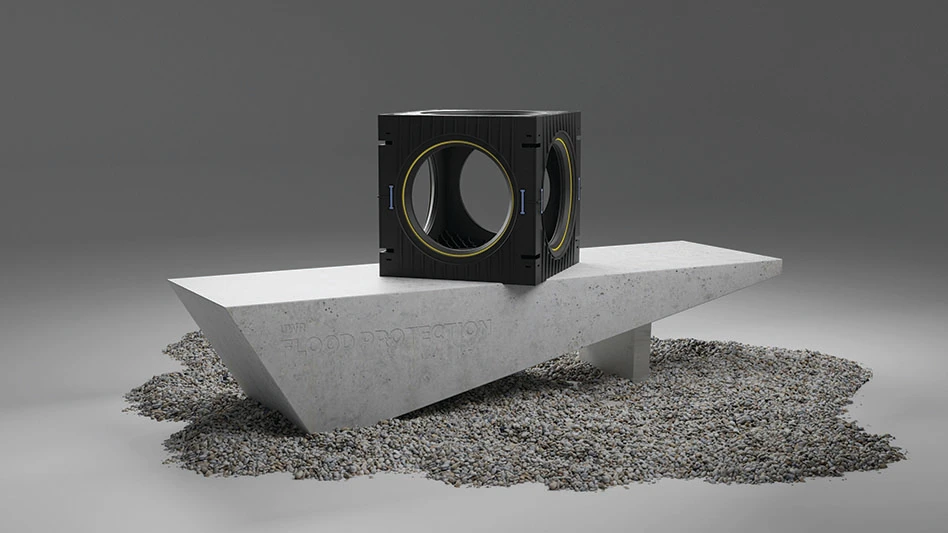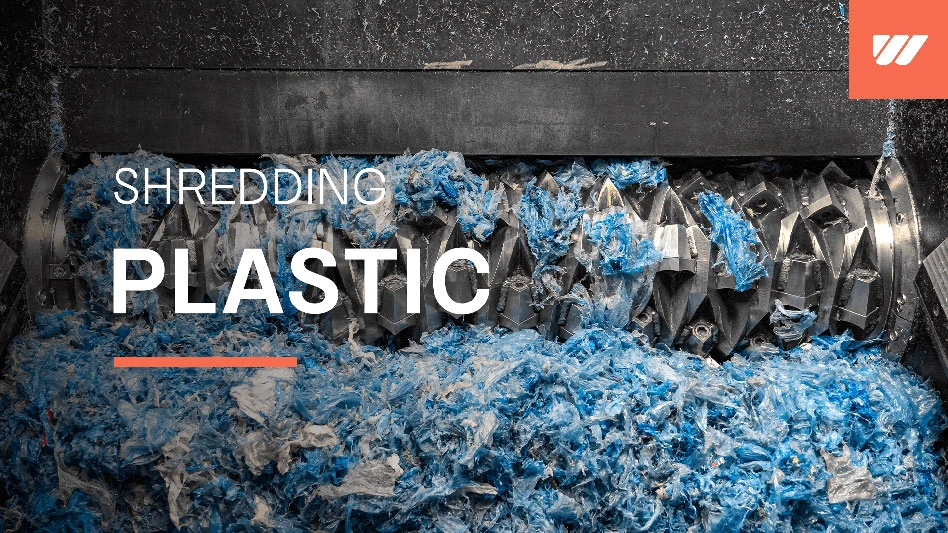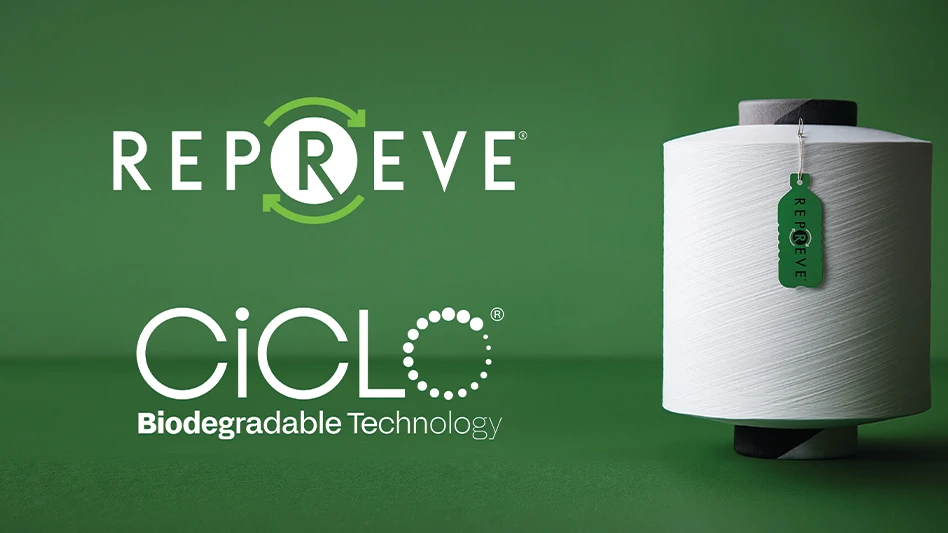
Building a domestic circular supply chain for battery materials in the United States takes time, innovation, collaboration and capital, and many companies have stepped up recently to meet the challenge.
But while battery recyclers and manufacturers prove their technologies and construct sprawling facilities, it’s also important to develop a skilled workforce to carry out those processes.
Reno, Nevada-based American Battery Technology Co. (ABTC), the subject of this month’s cover story is one example of a company focused on workforce development. ABTC not only has grown as a battery recycler and primary lithium refiner but, in mid-December of last year, the company entered the Department of Energy’s (DOE’s) Battery Workforce Challenge and launched a “Design for Recyclability” category for the three-year collegiate and vocational engineering competition.
The contest, sponsored by the DOE and automaker Stellantis, supports 12 North American teams of universities and their regional vocational partners as they each design, build, test and integrate a next-generation advanced lithium-ion battery pack and electric powertrain into an electric vehicle donated by Stellantis. As ABTC enters the program, students will be challenged to design battery packs with recyclability in mind.
"While battery recyclers and manufacturers prove out their technologies and construct sprawling facilities, it’s also important to develop a skilled workforce to carry out those processes.”
“These pack designs are becoming increasingly complex with the proliferation of cell-to-pack, advanced passive propagation resistance and hybrid chemistry designs,” says Ryan Melsert, CEO of ABTC.
“One of the most impactful tools for decreasing cost is to increase the residual value of the battery at its end of life, and embedding from the early design stages a strategic plan for how to demanufacture a battery can significantly lower recycling costs and increase recovery rates within a recycling process.”
Through the “Design for Recyclability” category, students will be introduced to the Argonne National Laboratory’s ReCell BatPaC, Greet and EverBatt models for calculating life cycle greenhouse gas emissions, economic impacts and ensuring end-of-life materials are reintroduced into the domestic supply chain.
ABTC also will support other initiatives within the program, including efforts to establish regional workforce training hubs nationwide that will address critical skill gaps and identify areas to reskill and upskill vocational and transitional workers for in-demand EV and battery manufacturing and recycling jobs.
Whether it’s processes or people, it’s encouraging to see such developments taking place in an evolving industry.
Get curated news on YOUR industry.
Enter your email to receive our newsletters.

Explore the February 2025 Issue
Check out more from this issue and find your next story to read.
Latest from Recycling Today
- Nickel carbonate added to Aqua Metals’ portfolio
- EuRIC, FEAD say End-Of-Life Vehicle Regulation presents opportunity for recyclers
- Recyclers likely to feel effects of US-China trade war
- BCMRC 2025 session preview: Navigating battery recycling legislation and regulations
- Yanmar Compact Equipment North America appoints new president
- LYB publishes 2024 sustainability report
- Plum Creek Environmental acquires Custom Installation LLC
- Avis introduces Harris American Co.






